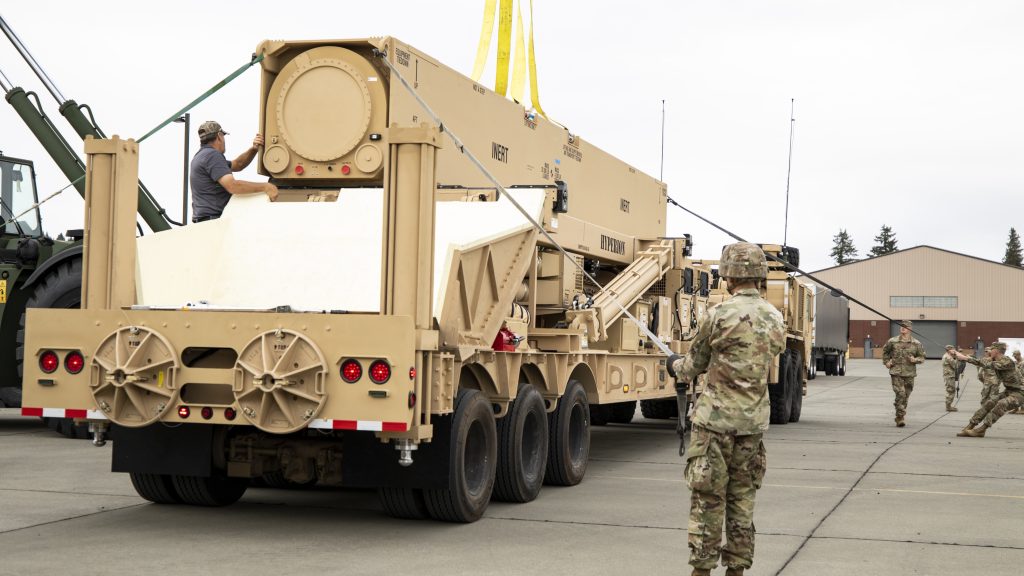As Russia and China advance, the U.S. struggles to prove the effectiveness of its Dark Eagle hypersonic missile.
Others are reading now
The Pentagon still lacks sufficient data to determine the operational effectiveness and survivability of the Dark Eagle hypersonic missile, according to The War Zone and WP Tech.
This uncertainty raises concerns about the future of U.S. hypersonic weapons, an area where the United States lags behind both Russia and China.
A report from the Office of the Director, Operational Test & Evaluation (DOT&E) for fiscal year 2024 states that the Department of Defense has yet to fully assess the Dark Eagle Long-Range Hypersonic Weapon (LRHW) system. This is not the first official document to highlight challenges in the U.S. hypersonic program.
A Government Accountability Office (GAO) report published in mid-2024 also pointed to persistent issues, including delays in system deployment.
Also read
America’s Hypersonic Weapons Race
The U.S. has been working on developing an effective long-range hypersonic weapon system for several years. The prototyping phase of Dark Eagle began in 2019, and by 2021, Lockheed Martin had delivered the first LRHW battery to the U.S. Army. The weapon’s first test launch was originally scheduled for March 2023, but battery malfunctions caused delays.
As The War Zone notes, in 2023 alone, the U.S. Army canceled three planned Dark Eagle test launches, with most failures linked to launcher issues.
It wasn’t until 2024 that the system underwent successful testing. However, according to the DOT&E report, the tests have not yet provided enough data to accurately evaluate the missile’s combat effectiveness, lethality, and resilience.
The Pentagon has acknowledged that uncertainty in assessing the missile’s performance could lead to requiring additional missiles to ensure target destruction, which would significantly drive up operational costs. Furthermore, there is limited data on the missile’s resistance to electromagnetic, cyber, or kinetic threats, all of which are critical factors in determining its survivability in real combat scenarios.
What We Know About Dark Eagle
The LRHW is a ground-based hypersonic system that includes missiles, transport equipment, support systems, and a fire control mechanism. It is expected to have a range of approximately 3,000 km, with a top speed exceeding Mach 5 (around 6,000 km/h).
U.S. military officials anticipate that LRHW missiles will be able to reach the upper edges of Earth’s atmosphere and remain outside the effective range of enemy air and missile defense systems until they strike. This would deny adversaries precise knowledge of their target and minimize reaction time before impact.
Each Dark Eagle battery is expected to include four Transporter-Erector-Launcher (TEL) units, designed for rapid movement and field deployment. Each launcher will be equipped with two missiles stored in specialized launch containers.
It is also noteworthy that these same hypersonic missiles, under the Conventional Prompt Strike (CPS) program, are planned for deployment on Zumwalt-class destroyers and Virginia Block V-class submarines. This would allow the U.S. to integrate hypersonic weapons across both land and naval forces.
Despite plans to deploy Dark Eagle by 2027, the project’s future remains uncertain, leaving the U.S. trailing behind Russia and China in the hypersonic arms race. Both nations already have operational hypersonic systems: Russia boasts the Kh-47M2 Kinzhal and 3M22 Zircon missiles, while China has deployed the DF-27 and its air-launched variant, the YJ-21.








